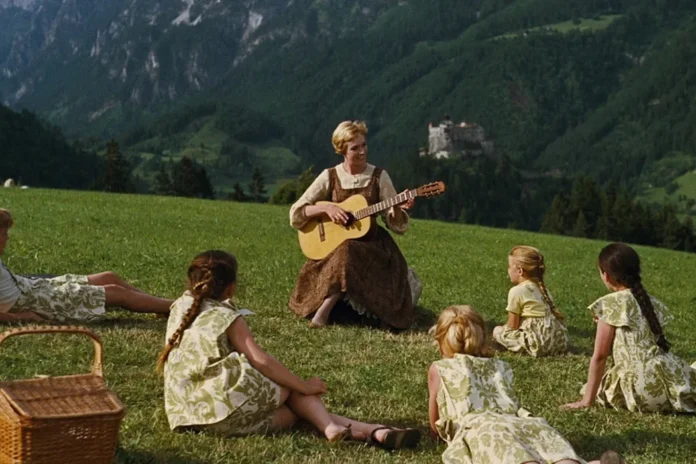“People with dementia often lose their ability to communicate verbally with loved ones in later stages of the disease. But a Northwestern Medicine study, in collaboration with Institute for Therapy through the Arts (ITA), shows how that gap can be bridged with a new music intervention.
“In the intervention — developed at ITA and called “Musical Bridges to Memory” — a live ensemble plays music from a patient’s youth such as songs from the musicals “Oklahoma” or “The Sound of Music.” This creates an emotional connection between a patient and their caregiver by allowing them to interact with the music together via singing, dancing and playing simple instruments, the study authors said.
“The program also enhanced patients’ social engagement and reduced neuropsychiatric symptoms such as agitation, anxiety and depression in both patients and caregivers.
“More than 6 million people in the U.S. have Alzheimer’s disease.
“The study is unusual because it targeted patients with dementia and their caregivers, said lead study author Dr. Borna Bonakdarpour. Most prior studies using music for dementia patients have focused only on the patients.
“Patients were able to connect with partners through music, a connection that was not available to them verbally,” said Bonakdarpour, an associate professor of neurology at Northwestern University Feinberg School of Medicine and a Northwestern Medicine neurologist. “The family and friends of people with dementia also are affected by it. It’s painful for them when they can’t connect with a loved one. When language is no longer possible, music gives them a bridge to each other,” (Paul, 2022).
Music is a method of communication and connection that is accessed differently than spoken language and memory. For dementia patients, it allows them to connect with others by using songs from their past, even when they have a hard time understanding and remembering things in the present.
I, and people in my life, have had a difficult time remembering the specifics of waste sorting. There’s so many requirements about what can be thrown out, when, how clean it has to be, what shapes are recyclable, etc., it can feel impossible to memorize. Maybe it’s a long shot, or maybe music could be used as a tool to help people remember, like how people use mnemonic devices. This certainly wouldn’t be the only song of it’s type, for example, the song “Nations of the World” (https://www.youtube.com/watch?v=5pOFKmk7ytU)! Perhaps, if ODNR were to create a series of songs that help inform kids and families how to care for trash, that could help reduce issues in the parks. Maybe these songs could even help kids get excited to help out and show off to their parents what they know.
References
20th Century Fox. (1965). [Photo from “The Sound of Music”]. JSTOR Daily.
https://daily.jstor.org/the-sound-of-music/
Paul, M. (2022, August 29). Music helps patients with dementia connect with
loved ones. Northwestern. Retrieved September 11, 2024, from
https://news.northwestern.edu/stories/2022/08/
music-helps-patients-with-dementia-connect-with-loved-ones/




